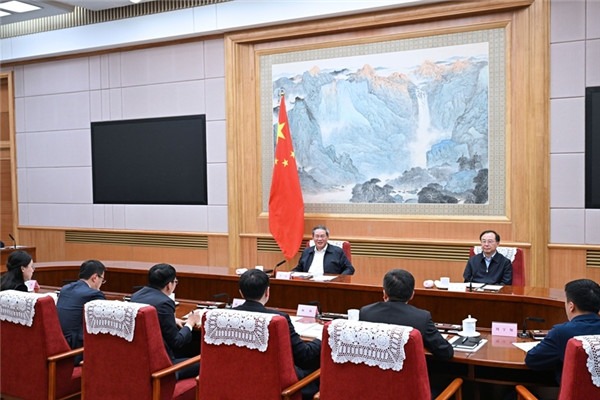Wind, solar prepare for post-subsidy era


In 2019, China's National Energy Administration, determined to achieve grid parity, released its final guidance on wind power prices for existing and new projects in which new onshore projects permitted after Jan 1 must be subsidy-free. Before that, developers needed to bid in provincial-level auctions to receive wind power tariffs above the regulated coal-fired tariff level.
Considering the impact of the coronavirus outbreak on business operations, the authority had extended the application period for the auction to mid-June.
By the end of 2020, total installed capacity of wind and solar power reached 530 million kilowatts, ranking tops worldwide.
According to the China Photovoltaic Industry Association, the commission's decision to end subsidies reflects the government is attaching significance to the rapid development of the renewable energy sector.
Multinational corporations are also eyeing China's solar and wind sectors, planning to deepen international cooperation in the field of renewable energy and further increase market share in China-the world's largest renewable energy market and equipment manufacturer.
TotalEnergies-Envision Energy Services (Shanghai), or TEESS, a 50/50 joint venture company established by TotalEnergies and Envision Group, recently announced that its installed capacity for on-site distributed generation solar projects for commercial and industrial customers in China has reached 100 MW in operation and 50 MW under construction, less than 18 months after its launch.
According to Sun Jie, CEO of TEESS, the company has been well prepared for the scrapping of solar subsidies in China. As a matter of fact, most of its projects since 2019 have been subsidy-free, he said.
The competitiveness and economic efficiency of solar and wind projects in China have been rising in recent years and subsidies are no longer a must. The government's pledge of achieving carbon neutrality by 2060 also represents a general trend, Sun said.
With clear government policy, the industry's development momentum will only get better, he added.
While China is likely to become one of the largest markets for offshore wind power in the world, GE is beefing up offshore wind power efforts, pledging to actively participate in the development of offshore wind power in China in the years ahead.
As one of the most effective power technologies to help reduce carbon emissions and replace fossil fuels, offshore wind power has been booming in recent years and serves as a major driver of China's carbon neutrality goal, said Xiang Weiming, president of GE China.
GE is looking forward to joining local partners to enhance the supply capacity of offshore wind turbine generators and introduce GE's most-advanced offshore wind power technology and solutions to China, thus helping facilitate clean energy development in China, Xiang said.




































